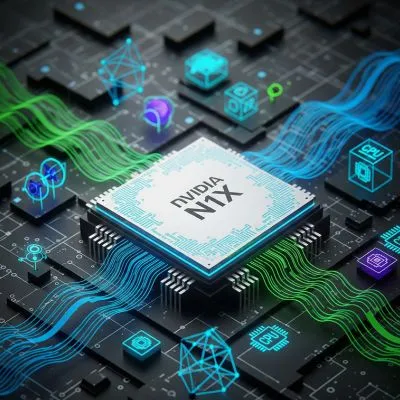
KEY POINTS
Nvidia is developing the N1X ARM-based chip, featuring a 20-core CPU and an integrated GPU with 6,144 CUDA cores, matching the desktop RTX 5070 in core count.
Early benchmarks show GPU performance better than all current integrated graphics, but still lagging behind mid-tier discrete GPUs—about 25% of the RTX 5070, comparable to an RTX 2050 on Geekbench.
- Windows 11 and Linux compatibility is confirmed, but the consumer launch was delayed to 2026 due to OS and supply chain issues, with a debut likely at CES 2026.



















